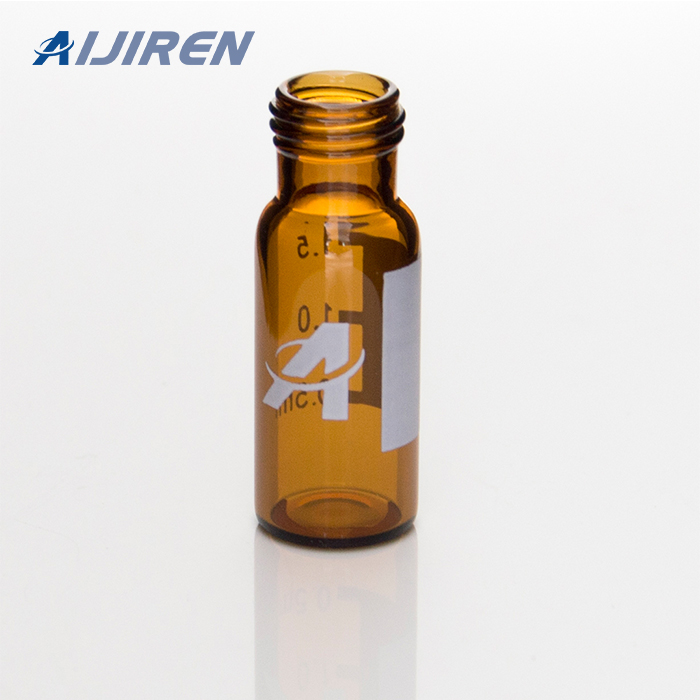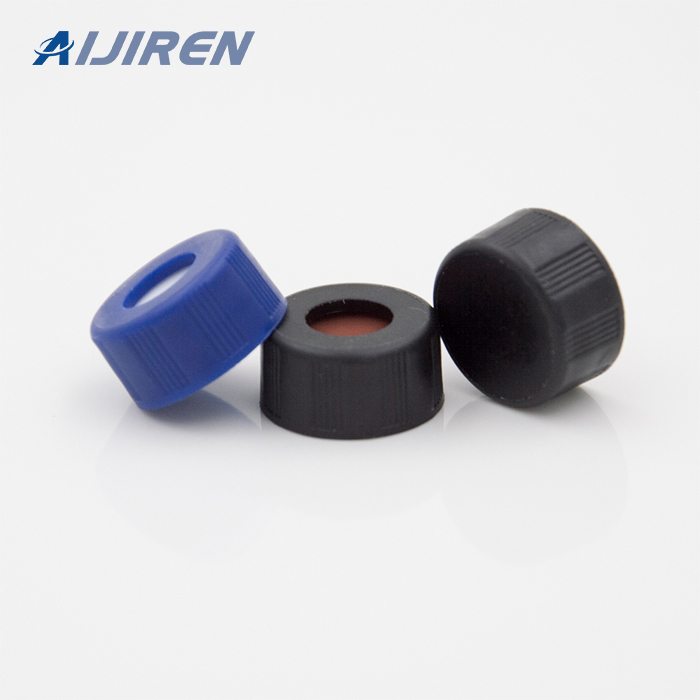



Vinyl siding installation at very low temperatures in Two Harbors MN (C) sources for thermal expansion coefficients as various references quote α in ...
PCTFE has a broad temperature range, good resistance to cold flow and it has the lowest coefficient of thermal expansion of any unfilled fluoropolymer.
3.5.11 HPLC and GC Certified Vial KITs (Short Thread Vials and Short Thread Seals ND9) a low expansion coefficient even at high temperature variations.
Aug 19, 2021 - Aijiren Iso9001 Gc Borosilicate Glass 11.6*32mm 8-425 Neck Thread Autosampler Clear Amber 2ml Screw Vial Manufacturer , Find Complete Details
tatic headspace gas chromatography (GC) is a technique used for the a vial containing the sample, the dilution solvent, a matrix modifier, and the.
Aug 28, 2017 So most folks are referring to the repeatability aspects of precision, i.e. what relative standard deviation (us.
Type 1 amber borosilicate glass has a linear coefficient expansion of 51. Schott. Glass Type. Principal Use. Density at 25°C g·cm-3.
Mar 22, 2020 It has the lowest leaching characteristics and a linear coefficient of expansion of 33. USP Type I, 51 Borosilicate Glass which is composed of ...
Feb 4, 2009 The basic set-up of a PLE instrument is shown in Fig. 2. The system consists of a stainless-steel extraction cell in which the sample is placed; ...
In either case, a knowledge of expansion coefficients at low temperatures is The dilatometer used to measure the thermal expansion of the samples is ...
May 31, 2019 Gaining a solid understanding of how HPLC instrumentation works will ... of compressibility and thermal expansion coefficients, which should ...
Settings for Alliance 2690 and 2695 Vials and Low Volume Inserts (LVI) . Successful sample preparation for most analytical techniques [HPLC, GC,.
In addition, Quartz Glass Vials have a great heat resistance from -196 to 1000 Celsius degree, and its thermal expansion coefficient is close to zero,
Borosilicate Glass- USP Type I, Class A in clear and Amber; Snap top Vial; Screw top Vial; Shell Vial; High Recovery Vial; Vials for headspace Sampling; Low
A: The primary controlled expansion alloys include Alloy 36, Alloy 42, Alloy 48, Alloy 52 and Alloy 54, each of which has its own thermal expansion coefficient